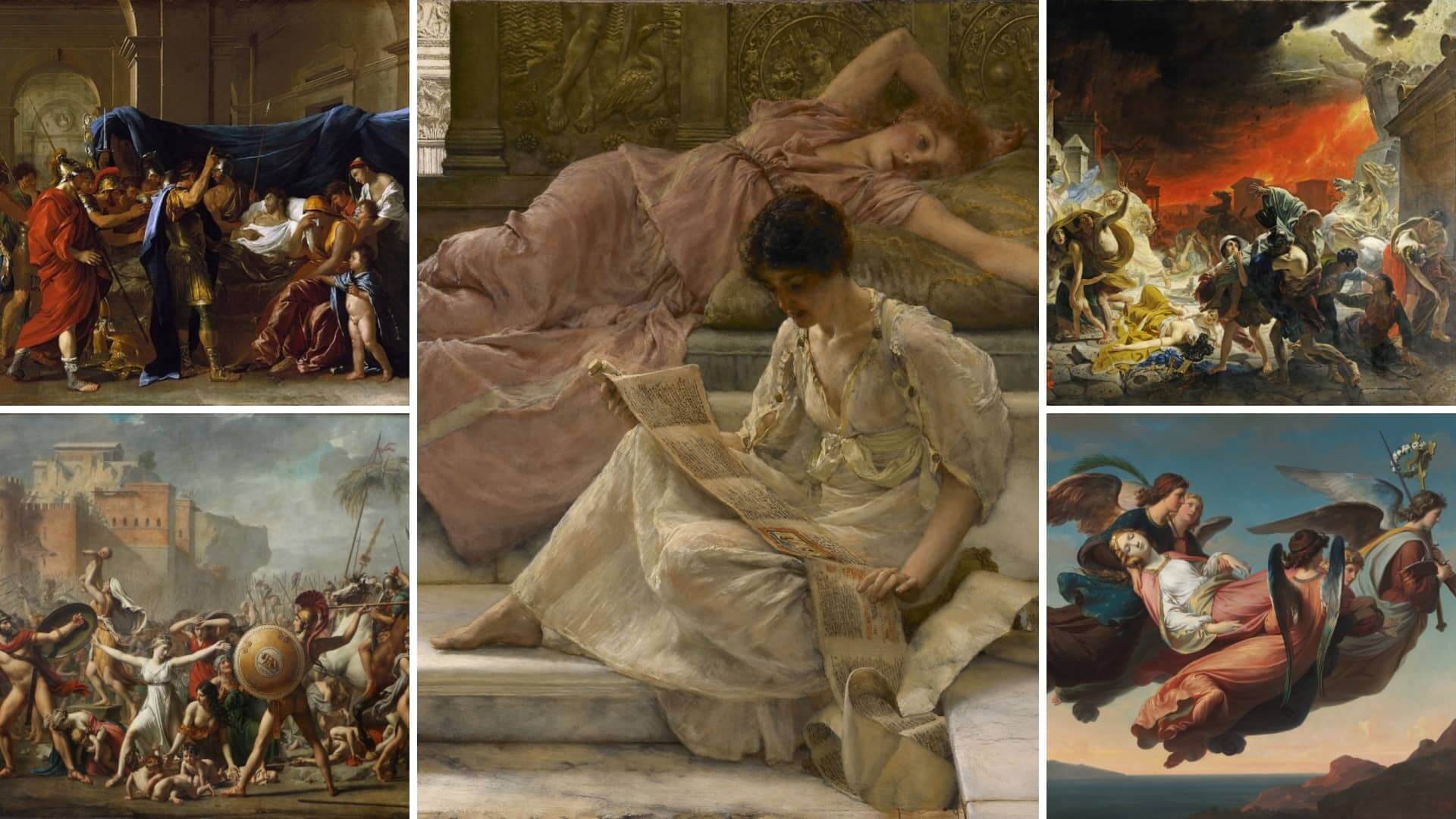Classicus: An Exemplary Art Movement
Introduction
Classicus is an art movement that is guided by the principles of classicism. Classicism is a style of art that emphasizes balance, harmony, and proportion. Classical art often features idealized forms and subjects, and is characterized by its use of traditional techniques and materials.
Influences and Characteristics
Classicus emerged in the 18th century as a reaction to the Baroque and Rococo movements. It was influenced by the rediscovery of ancient Greek and Roman art, and sought to revive the ideals of classical antiquity. Classical art is characterized by its emphasis on clarity, simplicity, and restraint. It often features symmetrical compositions, and makes use of geometric forms. Common subjects in classicus art include mythology, history, and portraiture.
Examples of Classicus Art
Some notable examples of classicus art include:
- The Oath of the Horatii by Jacques-Louis David
- The Rape of the Daughters of Leucippus by Peter Paul Rubens
- Venus de Milo by Alexandros of Antioch
Legacy and Impact
Classicus had a profound impact on the development of Western art. It helped to establish the principles of classicism as a dominant force in art, and influenced the work of subsequent generations of artists. Classicus continues to be admired today for its beauty, harmony, and timeless appeal.


Comments